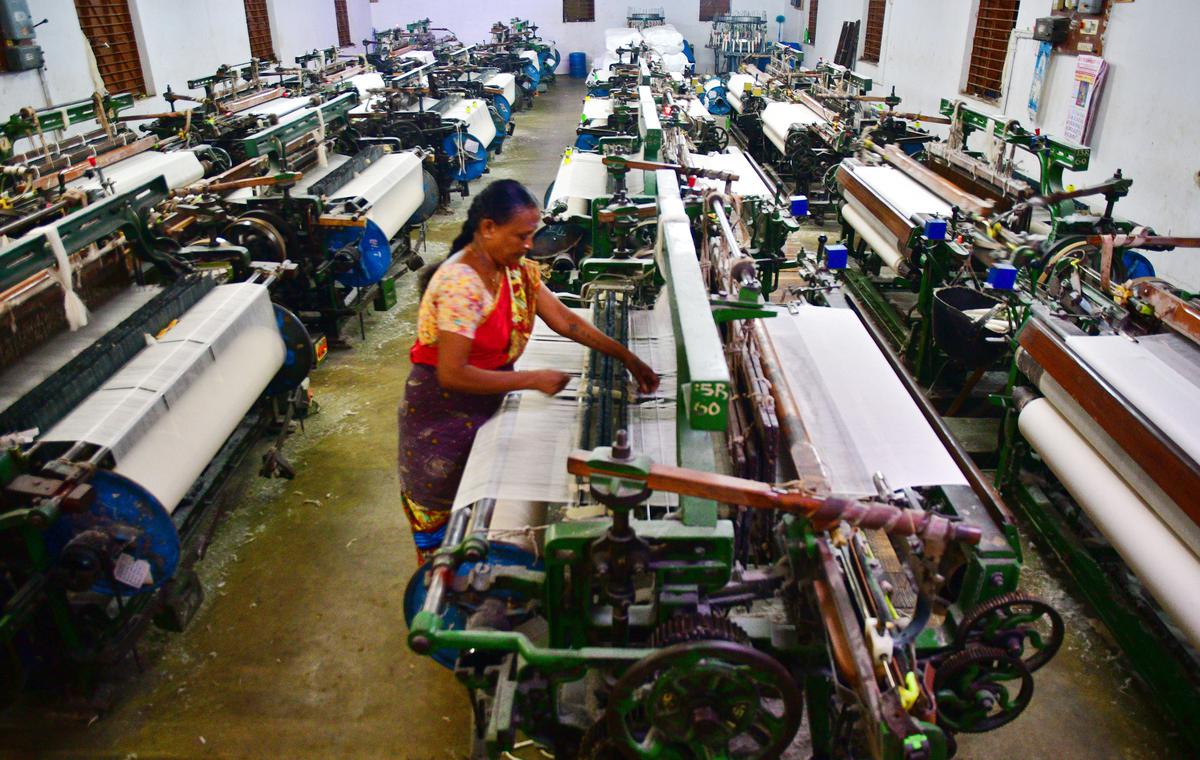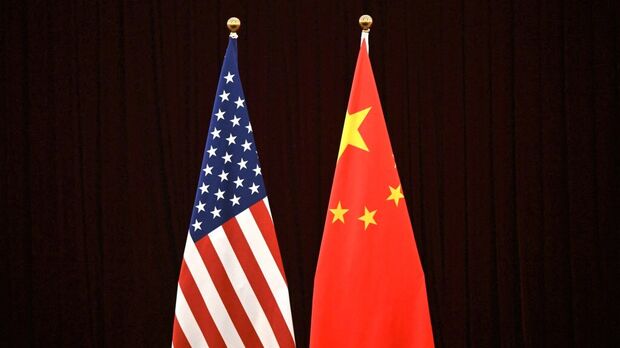
India's textile industry is facing significant challenges due to the rising prices of fibers, both natural and synthetic. Higher costs are disrupting supply chain, affecting domestic production, and impacting export competitiveness. The financial impact of escalating fiber prices is evident in industry data.
The depth of the challenge
Cotton prices: Cotton, a primary raw material for the textile industry, has seen a significant rise in prices. According to the Cotton Association of India, domestic cotton prices have risen over 30 per cent in the past year reaching a record high of Rs 65,000 per candy. International cotton prices have also seen a significant rise, making imports less attractive.
Table: Cotton price trends
|
Month |
Average cotton price (RS per candy) |
Year-on-year change (%) |
|
Sept 2023 |
50,000 |
- |
|
Dec 2023 |
55,000 |
+10% |
|
Mar 2024 |
60,000 |
+20% |
|
June 2024 |
63,000 |
+26% |
|
Sept 2024 |
65,000 |
+30% |
Man-made fiber costs: The prices of man-made fibers, including polyester and viscose, have also witnessed a sharp increase of almost 20 per cent due to rising crude oil and petrochemical prices. The overall production cost of textiles has increased by an estimated 15-20 per cent, squeezing profit margins for manufacturers.
Table: Man-fade fiber price trends
|
Fiber type |
Price change (past year) |
|
Polyester |
+25% |
|
Viscose |
+20% |
Impact on exports: The rising input costs have affected the competitiveness of Indian textiles in the global market. Export growth has slowed down almost 5 per cent, with some markets showing a decline in demand for Indian products. The higher prices are being passed on to consumers, leading to a decrease in demand for textiles in the domestic market.
Table: Price trends of key fibers
|
Fiber type |
Price increase in the past year |
|
Cotton |
30% |
|
Polyester |
25% |
|
Viscose |
20% |
Impact across textile sector
Indeed, the rise in input costs as affected both producers and consumers alike. Small and Medium Enterprises in the textile sector, which account for a significant portion of production, are the hardest hit. Many are struggling to cope with the increased costs and are facing reduced orders and potential closures. As Ramesh Kumar, President of the Textile Manufacturers Association explains, “The unprecedented increase in fiber prices is putting immense pressure on the textile industry. We urge the government to take immediate steps to stabilize prices and provide support to the sector."
Spinning mills that convert raw fibers into yarn, are facing a squeeze on their profit margins. The higher cost of raw materials is forcing them to either raise yarn prices or cut production. Garment manufacturers are also feeling the pinch as the cost of fabrics and yarns increases. This is leading to higher prices for finished garments, impacting consumer demand.
Exporters too are finding it difficult to maintain their competitiveness in the global market. The higher production costs are making Indian textiles less attractive compared to those from other countries. As textile exporter laments, “We are losing orders to competitors from Bangladesh and Vietnam due to the higher prices of Indian textiles. The government needs to intervene to make our exports more competitive."
And as for consumers, the rising prices of clothing and other textile products are impacting their purchasing power. Many are opting for cheaper alternatives or postponing their purchases.
Ripple effects across the supply chain
The impact of rising fiber prices is not limited to a single segment of the industry. It is creating a ripple effect across the entire textile supply chain. Cotton farmers for example, are benefiting from higher cotton prices, but they also face challenges such as increased input costs and weather-related risks. Traders and processors are facing difficulties in managing inventory and pricing due to volatile fiber prices. And retailers are grappling with higher wholesale prices, which they are forced to pass on to consumers, potentially impacting sales.
Meanwhile, the government and industry are taking steps to address the challenges posed by rising fiber prices. The government has announced measures to support the textile industry, including providing financial assistance to SMEs and promoting the use of alternative fibers. The industry is focusing on improving efficiency, reducing costs, and exploring new markets to mitigate the impact of rising fiber prices.
The bootmline is, the Indian textile industry is facing a challenging period due to the complex interplay of rising fiber prices, global market dynamics, and supply chain disruptions. While the government and industry are taking steps to address these challenges, the road to recovery is likely to be long and complex. The industry's ability to adapt, innovate, and collaborate will be crucial in navigating this turbulent period and ensuring its continued growth and success.












